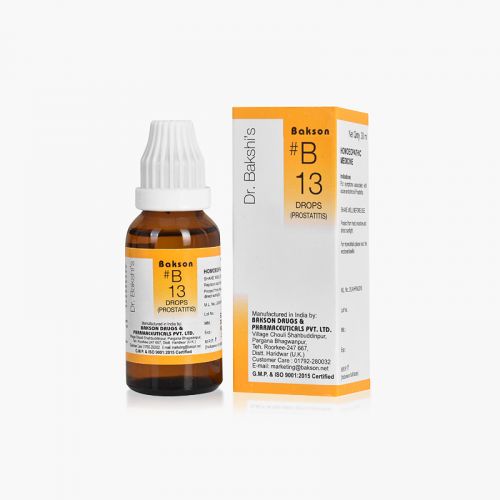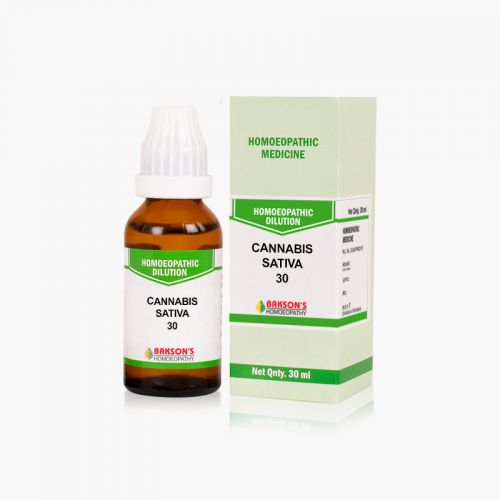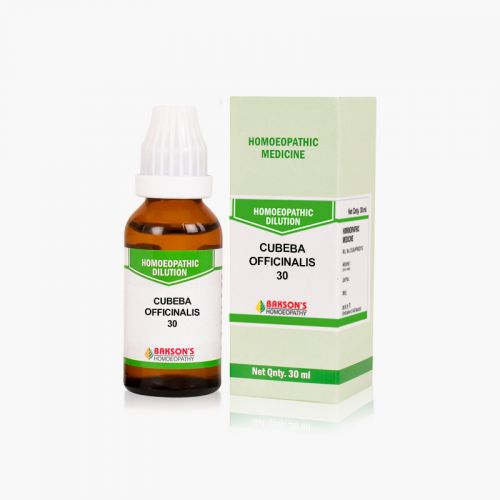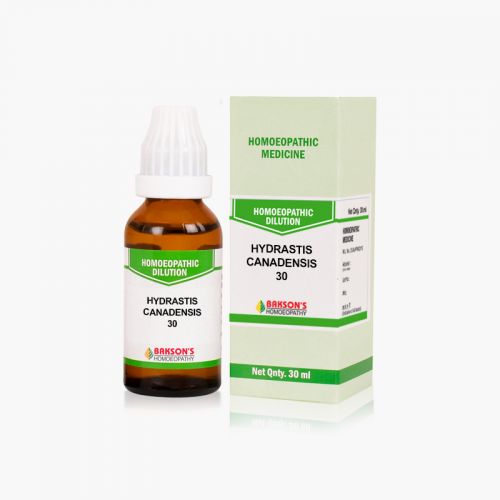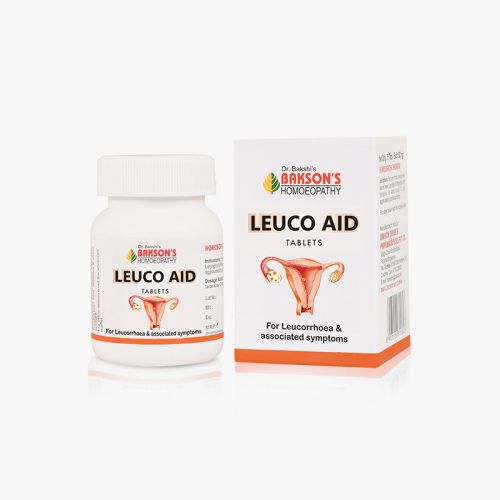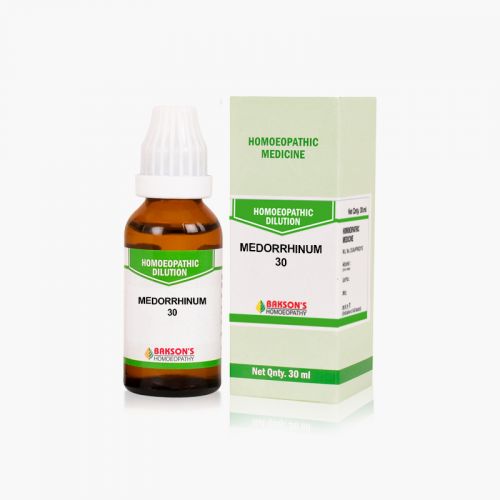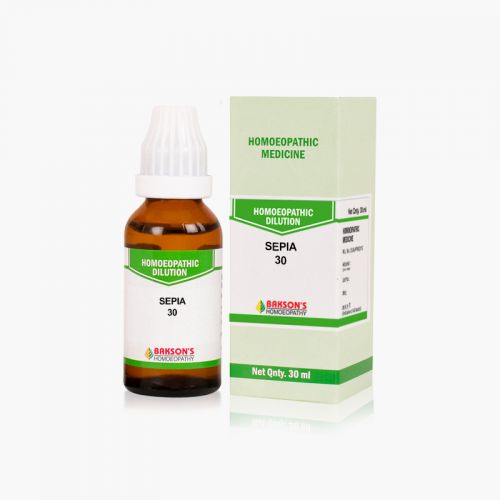We use cookies to make your experience better. To comply with the new e-Privacy directive, we need to ask for your consent to set the cookies. Learn more.
What is Gonorrhoea?
Neisseria gonorrhoeae is a sexually transmitted disease that causes worldwide morbidity and disproportionately impacts young adult populations.
It is the second most common cause of bacterial sexually transmitted infections worldwide. The WHO estimates that 106 million new gonorrhea cases are documented among adults annually worldwide and many more infections go unreported.
Causes
The pathogen N. gonorrhoeae infects only humans and most commonly manifests as urethritis in men and cervicitis in women. To survive, these bacteria must infect a host and cannot survive outside of a host. Undiagnosed or untreated gonorrheal urogenital infections can ascend through the upper urogenital tract and cause many severe reproductive complications in women, such as endometritis, pelvic inflammatory disease, infertility, and/or life-threatening morbidity via ectopic pregnancy.
Signs and Symptoms
Clinical presentation in females:
- In females, N. gonorrhoeae most commonly infects the cervix, resulting in cervicitis and they complain of vaginal discharge, dysuria, or pelvic pain.
- If cervicitis goes undetected and untreated, it can result in upper reproductive tract involvement such as salpingitis and pelvic inflammatory disease.
- Pelvic inflammatory disease manifests with pelvic pain, infertility, and increases the risk of ectopic pregnancy.
- Gonococcal infections complicating pregnancy can lead to adverse pregnancy outcomes such as low birth weight newborns and transmission to newborns resulting in oropharyngeal or conjunctival infections.
Clinical presentation in males:
Most males, more than 90%, will manifest urogenital gonorrhea symptomatically.
- The most common clinical manifestations of gonococcal disease in males include penile purulent discharge, dysuria, and testicular discomfort.
- Male urogenital gonococcal complications include orchitis, epididymitis, penile lymphangitis, penile edema, and post-infectious urethral strictures.
Diagnosis
The diagnosis of N. gonorrhoeae infection is made by direct detection of the gonococcal pathogen in urogenital, anorectal, pharyngeal, or conjunctival swab specimens or first-catch urine.
Management
- Patients should abstain from sexual activity for at least 1 week following initiation of medical therapy.
- The safest way to prevent gonorrhea or other STIs is through abstinence. Use of a condom or other barrier method is recommended.
- Having multiple sexual partners or a new partner increases the risk. Testing is advised in such cases.
Warning: Above information provided is an overview of the disease, we strongly recommend a doctor's consultation to prevent further advancement of disease and/or development of complications.
Disclaimer: The information provided herein on request, is not to be taken as a replacement for medical advice or diagnosis or treatment of any medical condition. DO NOT SELF MEDICATE. PLEASE CONSULT YOUR PHYSICIAN FOR PROPER DIAGNOSIS AND PRESCRIPTION.
- ACIDUM NITRICUM 30₹ 100.00
- BAKSON #B 13 DROPSSpecial Price ₹ 160.00 Regular Price ₹ 200.00
- BAKSON MENSO AID (SUGAR FREE)As low as ₹ 96.00
-
- CANNABIS SATIVA 30₹ 100.00
- CUBEBA OFFICINALIS 30₹ 100.00
- HYDRASTIS CANADENSIS 30₹ 100.00
- LEUCO AID TABLETS - 75 TABSSpecial Price ₹ 172.00 Regular Price ₹ 215.00
- MEDORRHINUM 30₹ 100.00





